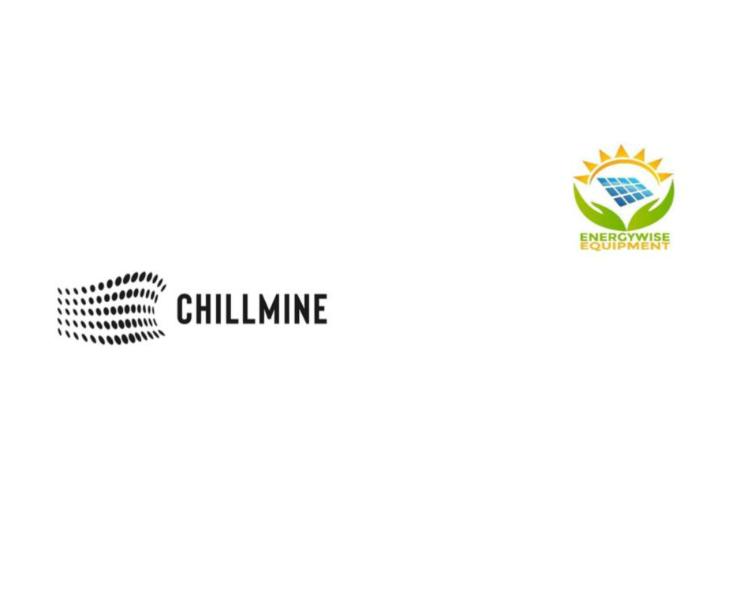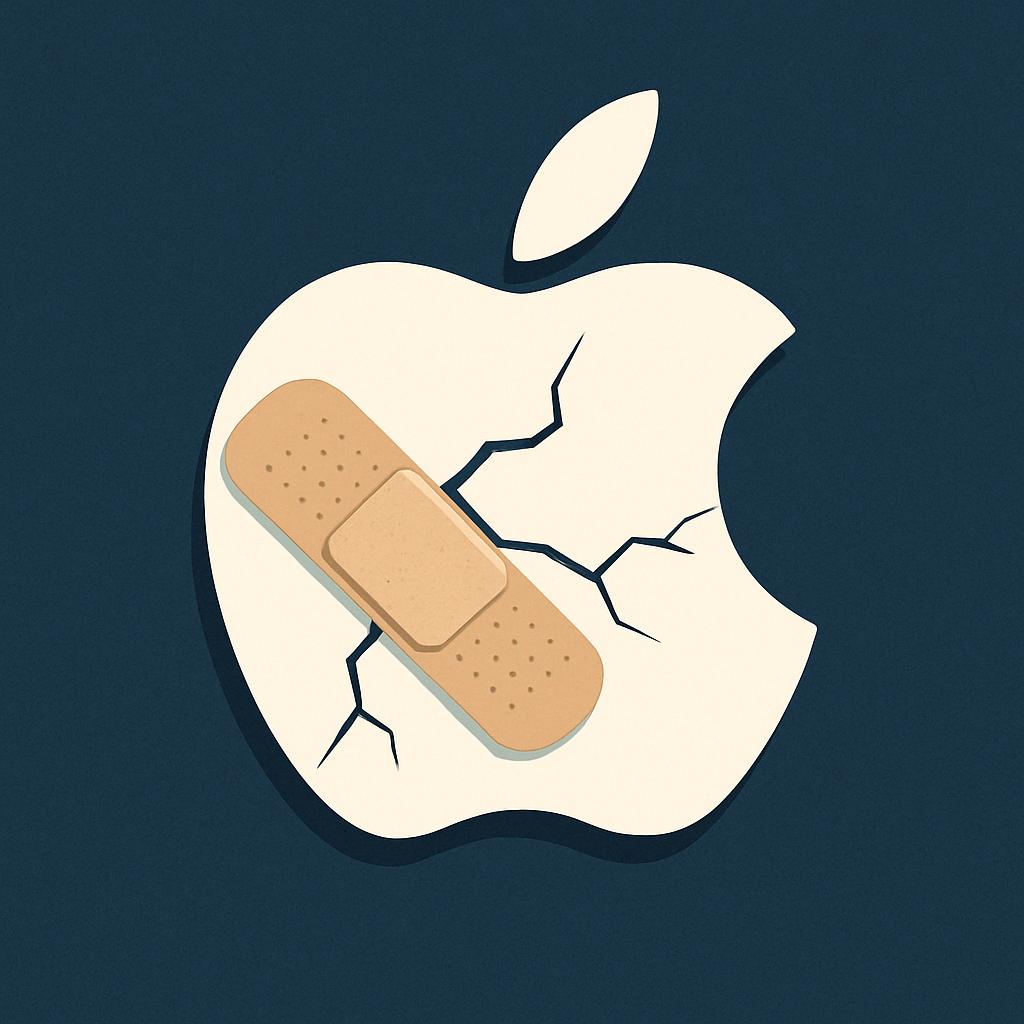On-site SEO plays a significant role in search engine ranking of your site. Without proper on-site SEO strategies, you risk having a low SERP rank and few backlinks to your site. White label rank tracker can let you see how on-site SEO mistakes are hurting your SERP. To help you avoid these adverse effects, below is a list of the most common on-site SEO mistakes that individuals make.
1. Title tags mistakes
A title tag tells a user what the site is all about. It helps him or her decide whether to click through the link or not. Optimized correctly they can have a positive impact on your ranking. It is not enough to stuff your title tag with keywords.
Knowing where to place them plays the trick. You should try and front-load your title tag with the relevant keyword. Place it close to the beginning of the title tag. This way Google can easily rank your site in reference to the typed keyword. You should also consider the length of your title tag. Google displays only the first 60-70 characters. Make sure all relevant keywords are within this bracket.
2. Poorly Optimized Meta Description
Meta description that appears in the search results, though having an insignificant impact on ranking, help the user decide whether to the site or not. They influence page CTR though. A good Meta description should have the keyword at the beginning. Let you Meta description be complete and also clickable as Google only displays 160 characters of the Meta description.
3. Too much sneaky and temporary redirects
Redirecting users to another page happens when a page is a temporarily down which is good for user experience and retaining page authority. But, when it comes to Google, it might continue indexing the broken or outdated page overlooking the page that you are directing users to, which can hurt your rankings.
Sneaky redirect sends the user to a different site altogether. The content on this page does not relate to the content on the homepage. Also, sneaky redirect causes the search engine to view a different page than that of the user. This kind of redirect can affect your PageRank and ultimately lead to low traffic to your site.
4. Poor internal linking
Internal linking is where you inter-link site pages. You can inter-link pages that have close-to-similar information. In some cases, you find that the site you are directed to contain unrelated information, this shouldn’t be the case, relevancy of the site should be the driving factor here. Also, make sure the links are natural, they shouldn’t appear fixed.
5. Low word count
Most pages on some websites will contain low word count. Even though there is no minimum word count, Google emphasizes long, in-depth content. Let your content be lengthy and of value to the user. The material should be relevant to what the user is searching for. But note, you should avoid fluff at all cost.
6. Slow loading site
The speed at which your site loads has a significant effect on your ranking. Slow loading sites tend to have a lower ranking compared to sites that load faster. Fast loading sites also enhance user experience significantly. To make sure that the loading speed is up to per with recommended 1.5 seconds speed you should do the following;
• Optimize your images
• Reduce redirects significantly
• Improve the server response time
Taking the above measures will see the loading speed of your site increase
7. Missing Alt tags
Alt tags tell the search engines what your image is all about. Avoid using images in place for words. An alt tag is a textual description of the pictures on your site. Since it is textual, it must contain keywords to aid in SEO ranking of your site. Alt tags also help the visually impaired people to understand the content of the site by using screen readers.
8. Missing keywords in the content
It is normal for many websites to write lengthy introductions without keeping in mind placement of the keyword. You should ensure that the keyword appears within the first 50-100 words of the content. Doing this, Google understands precisely what the post is about.
9. Usage of frames
Never use frames or iframes for any page that you want to be indexed. Why? Google says that frames can cause a problem to search engines as they view each frame as an independent URL even though they are on one page. This makes content indexing hard, and people have a hard time to reference the content with links. In addition to that, it disrupts the architecture of your site.
10. Non- responsive websites
In the past, people accessed the internet via laptops and computers only. That trend has changed due to the introduction of smartphones, tablets, and phablets. Research shows that the highest percentage of the population access the internet via smartphones.
It’s a huge mistake if your website cannot be accessed through a smartphone. Use responsive design to enable viewing of your site across all devices. This method can help you avoid this common on-page SEO mistake helping you rank well.
11. Missing or incorrect language declaration
Since your page serves a global audience, it is essential to include a language declaration which declares the default language of your site. Language declaration can help in; international SEO and geolocation SEO and also in informing users what default language you use. It also allows Google to drive the content of your site to the right audience.
Verdict
Many institutions and business are hurting due to overlooking these 11 mistakes affecting their site optimization efforts. You can avoid these mistakes when you put into consideration the consequences they have on your site. Ensure that you follow Google instructions and guidelines to prevent hurting your ranking.
Many experts may argue that temporary redirects may not hurt your site. Well, this can be true if it happens for a short time. Prolonged use will make Google translate it to a permanent redirect which can harm your indexing if the page still contains useful information.














Comments
3 responses
Please put more effort into your articles dear author.
Title tags provide a description of a webpage. It should provide a complete and concise description of the page. There are no “tricks” to position keywords otherwise the title won’t make sense. By your logic the word SEO in this pages title should be close to the start, which doesn’t make sense.
There is no such thing as a clickable meta description. Meta tags are meta-data and they aren’t displayed on a webpage.
There is nothing called a sneaky redirect, please don’t invent terminology. Anyway, if the search engine sees a different page from users, how does it know it’s being fooled to begin with? Just a thought.
Alt Attributes provide an ALTERNATE textual description of your images. Again, a concise description of the image. There are no keywords tricks, just describe the image.
Anyway, the aim of SEO is to make your site easier to index correctly not to manage it’s ranking. The rules search engines use to rank websites differ from search engine to search engine. And, Google is not the only search engine by the way.
Google is not the only search engine. Same way as Ecocash is not the only mobile moneyplatform in Zim. I guess that is why the majority would like to rank better with google rather than bing and others
A useful article which needs proof-reading.
I liked the “laptops and computers” bit, which seems to suggest a laptop is not a computer but perhaps computer was meant to be desktop computer or mainframe computer? Reminds me of folks who say a computer “knows” or “thinks” – no it doesn’t do either, if you don’t believe me just turn it off.